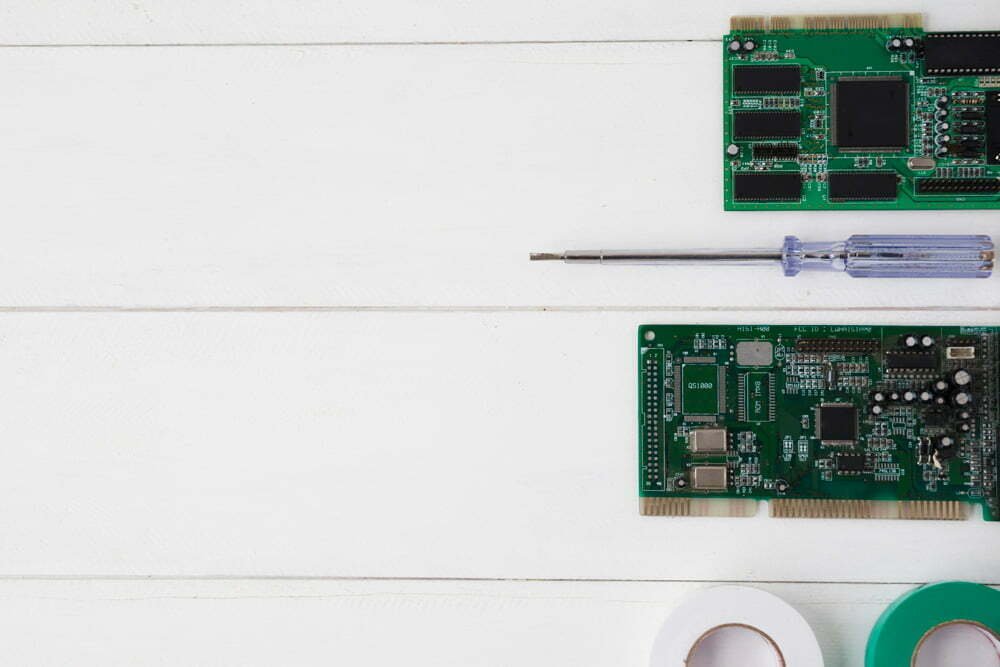What is soldering?
Soldering is the process of melting solder onto a wire, component, or circuit board to join them together. It creates a strong electrical connection and is used as the final step of soldering components to a circuit board.
A soldering iron is the tool used to melt the solder, typically a propane torch. Other soldering tools include solder wick, solder sucker, solder sucker, solder pencil, and even an ice pick.
How to solder wires to a circuit board?
The process of joining components to a circuit board using wires is called “solder-down,” or “down-soldering”.
Start by making a visual layout of the circuit. Use paper or a temporary board to create a layout of the circuit. This layout can be used to transfer the layout to the board itself if desired.
Next, find the location on the board where you want to solder wires to and mark it with a pin or other tool. This location is typically the center or the edge of the circuit board, or a few pins inward.
Solder wires to the circuit board using a pencil or iron to heat the wires and create a solder connection.
Parts you’ll need

– Solder Iron – Any type will do, but propane torches (aka “torches”) are preferred.
– Iron Tip Cleaner – Clean the tip of your soldering iron after each use to prevent residue and oxidation from building up on the tip.
– Wire Strippers – Wire strippers are typically used to strip the insulation off of wires. They are also good for cutting wires to the length you need.
– Wire Cutters – Cut the wires to the right length with wire cutters.
– 24 Gauge Wire – Any gauge of wire will work, but 24 gauge wire is the most commonly used.
– Insulation – Any type of insulation will work, but the most commonly used is “rope” insulation.
Soldering Basics
There are two types of soldering you’ll need to know about. These are “Through-Solder” and “Closed-Solder”. Through-soldering allows you to see the components you are soldering to, while closed-soldering is a more secure way to join components together.
– Through-Solder – This is a type of solder connection where the components are connected to the outside of the board.
– Closed-Solder – This is a type of solder connection where the components are connected to the inside of the board.
Joining circuits together
The type of soldering you use depends on the circuit being soldered together.
– Through-Solder – Use through-soldering when the circuit is a normal power supply or a simple circuit board.
– Closed-Solder – Use closed-soldering when the circuit is a complicated electronic device like a motherboard.
Connecting Arrays and Sensors
The connections between components can be a bit more complicated depending on the type of circuit being connected together.
– Through-Solder – Use through-soldering for connections like an LED circuit where the LED is an element in an array.
– Closed-Solder – Use closed-soldering for connections like a wired sensor where the circuit is a single component.
Soldered Wires: The Sum of Parts
The final step in soldering on a circuit board is to connect the wires to the desired part or parts. This is called “soldering the wires” and will be covered in the final tip.
NOTE: A good practice for handling wires is to use a zip-lock bag to keep them organized.
Soldering Tips
– Use a pencil to touch the wires together instead of using a soldering iron. A pencil is much safer than an iron because it is not as hot, can be held without a support, and is much less expensive.
– Clean the tip of your soldering iron after each use to remove residue and oxidation from building up on the tip. If you do not clean the tip, it will oxidize and become a safety hazard.
– Prevent solder from splashing onto your work surface or circuit board by placing a sheet of cardboard on the table or circuit board you are working on.
– Make sure the circuit is stable and not moving around before soldering.
Short Circuit and Fire Safety
While soldering wires is a safe and simple process, there are some precautions you should take to prevent a short circuit or fire.
